While many of the Solar System's moons have their own quirky, fascinating features, few can compare to the extreme volcanic world of Jupiter's moon Io. It is the most volcanically active and turbulent world in the Solar System.
Io is the innermost of Jupiter's four largest moons. Slightly larger than Earth's Moon, Io is the most volcanically active in the Solar System, erupting with plumes of ash more than 500 km above the surface.
As the closest satellite moon to its giant host planet, Io is subject to intense gravitational pull as it orbits Jupiter. Io's mineral composition is constantly pulled and pushed by gravity, creating frictional heat deep within the Moon, which makes it extremely volcanically active.
Volcanic activity across Io could shed light on many of the mysterious mechanisms within. Because of the lack of data on the body’s poles, scientists still lack a comprehensive map of volcanic activity, making it difficult to deduce what causes it.
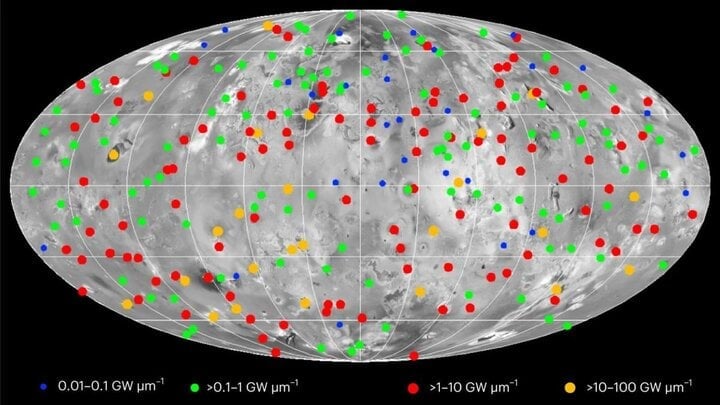
Io is covered in hundreds of volcanoes, making it the most volcanically active world in the Solar System. (Image: Nature Astronomy/Creative Commons Attribution 4.0)
In the new study, the researchers analyzed data from NASA's Juno spacecraft orbiting Jupiter. Juno also flew by Io, collecting near-infrared scans of Io's poles, providing a clear view of all the activity on the moon.
“ This is a major step forward in our understanding of Io’s complex volcanic activity,” said the new study’s lead author, Ashley Davies, a volcanologist at NASA’s Jet Propulsion Laboratory at the California Institute of Technology.
The team found 266 active volcanic hotspots on Io, all of which are shown in the latest map. The number of volcanoes scattered across the poles is similar to the rest of the Moon, but the polar volcanoes emit less than half as much energy as the rest of the Moon.
They also found that the volcanoes at Io’s north pole were twice as powerful as those at its south pole. The reason for this is unclear, but it’s possible that the south pole’s crust is thicker than the north pole’s, making it harder for magma to rise to the surface and erupt.
Additionally, based on computer models simulating Jupiter's moon, experts believe that Io may have a giant magma ocean lying beneath its surface.
HUYNH DUNG (Source: Space)
Source



![[Photo] Prime Minister Pham Minh Chinh chairs conference on anti-smuggling, trade fraud, and counterfeit goods](https://vphoto.vietnam.vn/thumb/1200x675/vietnam/resource/IMAGE/2025/5/14/6cd67667e99e4248b7d4f587fd21e37c)
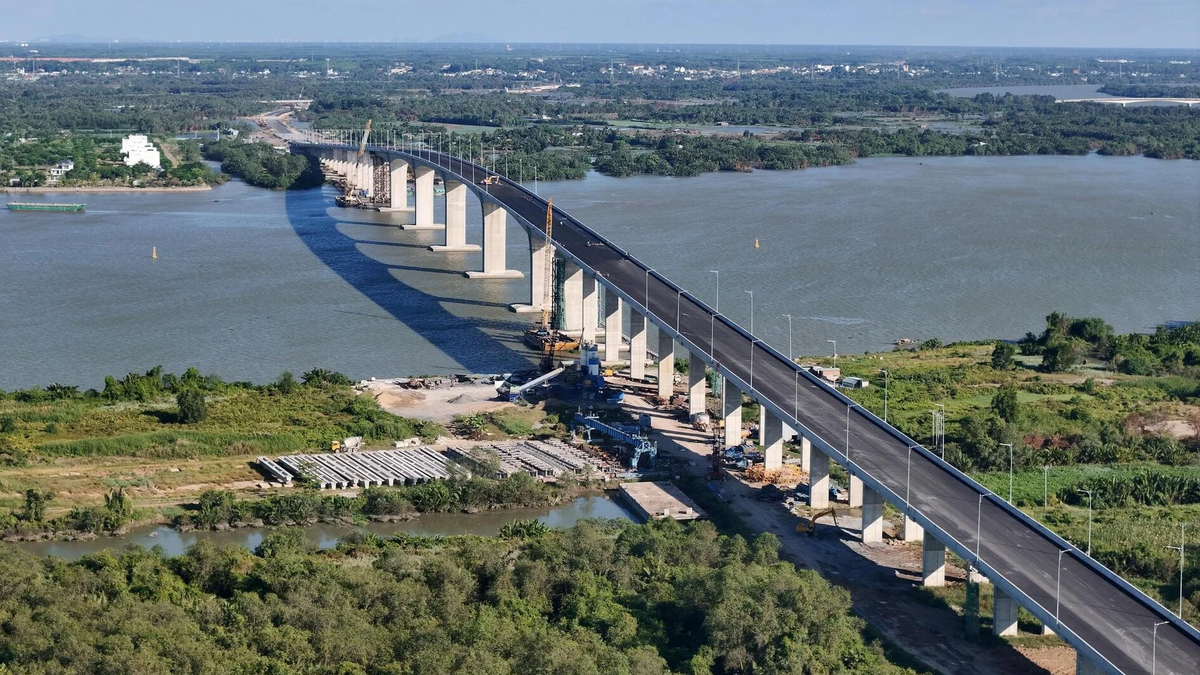

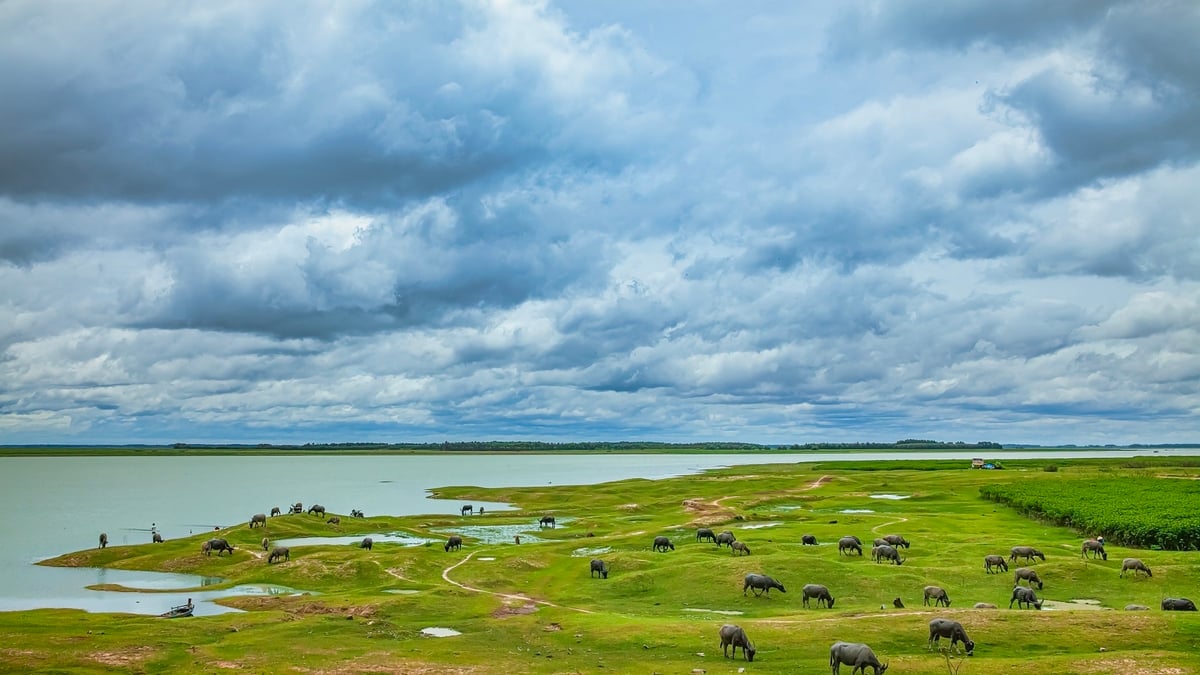





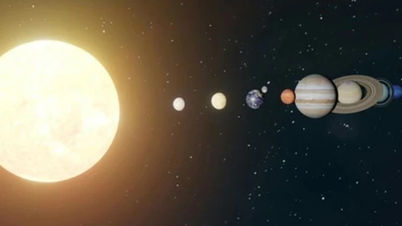



























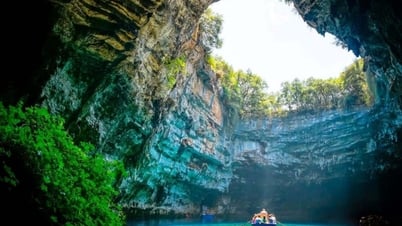




























































Comment (0)